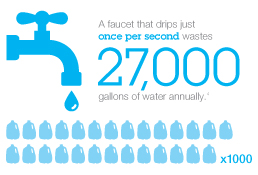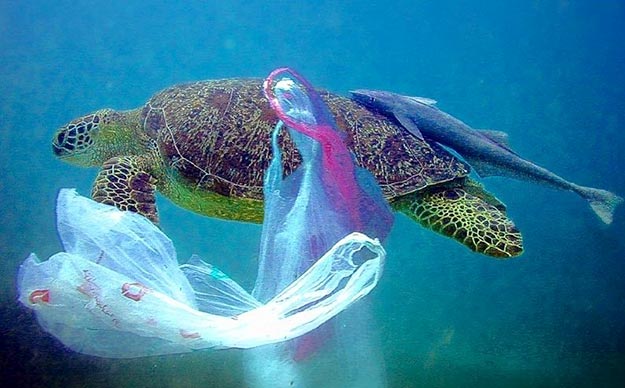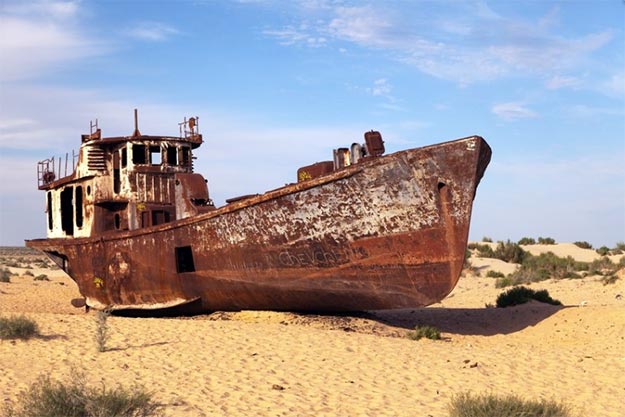 IBM created a water infographic to highlight some alarming statistics about how much water is wasted due to leaks in our water distribution infrastructure. A third of the water infrastructure in the US is 40 to 80 years old. Therefore, replacing this old infrastructure and repairing leaks is estimated to cost $335 billion over the next 20 years. In terms of water waste, not only do the leaky faucets in our homes waste a lot of water, but there is an average of 700 water main breaks each day across the US which wastes a tremendous amount of water. These pipe leaks are also exasperated by drought conditions, currently affecting a big part of the US.
IBM created a water infographic to highlight some alarming statistics about how much water is wasted due to leaks in our water distribution infrastructure. A third of the water infrastructure in the US is 40 to 80 years old. Therefore, replacing this old infrastructure and repairing leaks is estimated to cost $335 billion over the next 20 years. In terms of water waste, not only do the leaky faucets in our homes waste a lot of water, but there is an average of 700 water main breaks each day across the US which wastes a tremendous amount of water. These pipe leaks are also exasperated by drought conditions, currently affecting a big part of the US.
Update: The statistics in this infographic may be suspect. Michael Campana (@WaterWired) researched it a bit in this post and found that dripping faucets don’t waste 27,000 gallons per year, but only 2,700 gallons per year. Read more





